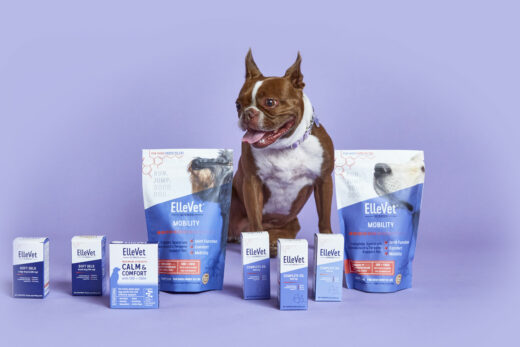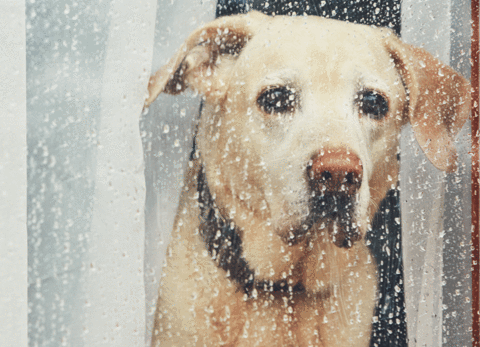Just imagine sitting at home and relaxing with your four-legged friend, and then you feel something strange. You can’t quite pinpoint it, but it seems like it might be a lump.
It’s normal to have concerns, especially the fact that these lumps and bumps might be cancerous. Fortunately, most of these are lipomas, which are benign fatty tumors that are harmless and often occur in older dogs.
However, some lumps and bumps are cancerous and require immediate surgery before it spreads to the rest of the body.
Because of the various causes, it’s best to know the common ones, so you get an idea of what’s affecting your canine companion. Here’s our guide at Dope Dog for familiarizing yourself with lumps and bumps on your dog so you’re prepared when you go to the vet.

Here is a list of lumps and bumps that you might have felt or seen on your canine friend’s body.
This is a cyst that blocks the oil gland. The result is the accumulation of oil that creates a pimple on your dog. When the pimple burst, you’ll see a white, thick, and pasty substance oozing out.
Fatty Tumor
Fatty tumors are also called lipomas. They are mobile, fat-filled, and slow-growing tumors that are often benign.
Lipomas are common in older dogs and can be easily manipulated and located under their skin. They can develop anywhere and are often found in the chest or abdomen.
These tumors do not pose any threat, but if it gets too big, it can cause some pain, irritation, and obstructions.
Practically every senior dog will have at least one lipoma in their lifetime.
Abscess
This is an accumulation of pus under the skin. An insect bite or infection can cause it. If the abscess does not go away and continues to grow, cause pain, have redness and swelling, and cause fever, then it’s time to see a vet for a potential bacterial infection. The vet may have to drain the abscess and provide antibiotic medication to treat the dog.
Warts
This is caused by viruses that can be found around the mouth of a dog. Warts usually go away on their own, but in older dogs, they might need surgery to remove them.
Mast cell tumors
This is the most common skin cancer in dogs and is often found in Schnauzers, Labrador, Beagles, Boxers, and Boston Terriers.
Hives
If you see round, swelling red rashes on the skin that cause your dogs to itch non-stop, then that definitely means your dog has gotten hives. This is an allergic reaction to skin allergens like a bee sting or a particular plant. Usually, hives will resolve on their own, but in severe cases, it will require anti-histamine or steroids.
Once you bring your dog to the vet, they will initiate the proper physical examination. The main objective of the exam is to make sure that the bumps are not cancerous. The doctor will have to do a needle aspiration, microscopic evaluation, and biopsy of the tissue. The diagnosis will determine the treatment plan for your canine friend.





